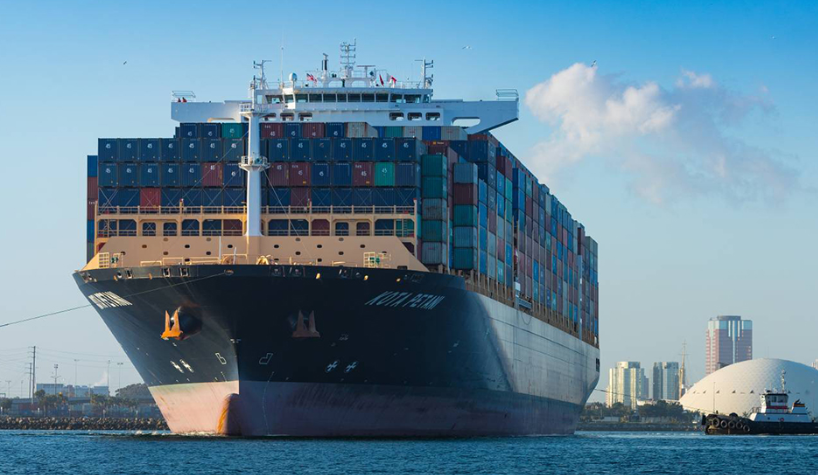Logistics

November 17, 2015
Ports See Drop in Steel Imports
Written by Sandy Williams
Monthly steel imports dropped from 4.4 million tons at the beginning of 2015 to 2.83 million tons as of September 1. SMU asked ports around the country to comment on what they are seeing in relation to import levels and warehoused inventory.
The Port of Los Angeles reports steel imports (breakbulk and slab) of 1.3 million metric tons (1.43 million tons) from January through October 2015. The forecast for 2015 is 1.5-1.7 million metric tons, substantially below the 2014 total of 2.96 million tonnes.
Import restrictions on coils have contributed to a softening of the market, according to officials at Los Angeles. The largest steel shipment of the year was from Korea and China in August, in which 40,000 metric tons of coil were offloaded from one ship. Warehouses are full due to low import rates for steel products from China. “The low commodity prices, will give you some room to keep products in inventory for some time,” said a spokesperson for the Port of Los Angeles.
Steel imports at the Port of Houston Authority dropped from 621,000 tons in September 2014 to just 252,000 tons in September 2015, a decrease of 59 percent after a record year in 2014. The decrease in imports to Houston was attributed to the downturn in the energy industry and related weakness in demand for steel pipe.
A logistics firm in Houston noted that import levels are down from countries named in the recent trade suits, but have remained strong or level from other areas such as Europe. Demand for automotive steel from Europe has been consistent to slightly higher, with an increase forecast for 2016.
The Houston source said the filings on cold rolled and corrosion resistant steels have contributed to declining imports and storage levels.
“Inventories are declining with a draw down in inventories and limited or no replacement products arriving,” he said. “I expect that warehouse square footage prices will begin to fall as companies reduce their footprint where they can in 2016/2017.”
The Port of New Orleans reports that through June 2015 imported steel was 9.02 percent higher than the same period in 2014. The total for the first six months of 2015 was 1.921 million tons. Terminal operators are noticing a slowdown in fourth quarter, but a commodity breakdown for that cargo is not available. Total breakbulk cargo is up 35 percent year over year as of October.
The antidumping cases are a source of concern for the Port of New Orleans which relies on imports. A huge increase in steel imports is not anticipated for next year, but the port is optimistic that steel cargo figures will be strong again in 2016.
Specific commentary on warehouse inventory was not available, but the Port of New Orleans says it has adequate storage space for imported steel. The facilities include 13,511 feet of berthing space for breakbulk cargo and 1.6 million square feet of transit shed facilities for temporary storage of breakbulk cargo. A large portion of imported steel is transferred directly to barge for delivery to the Midwest.





